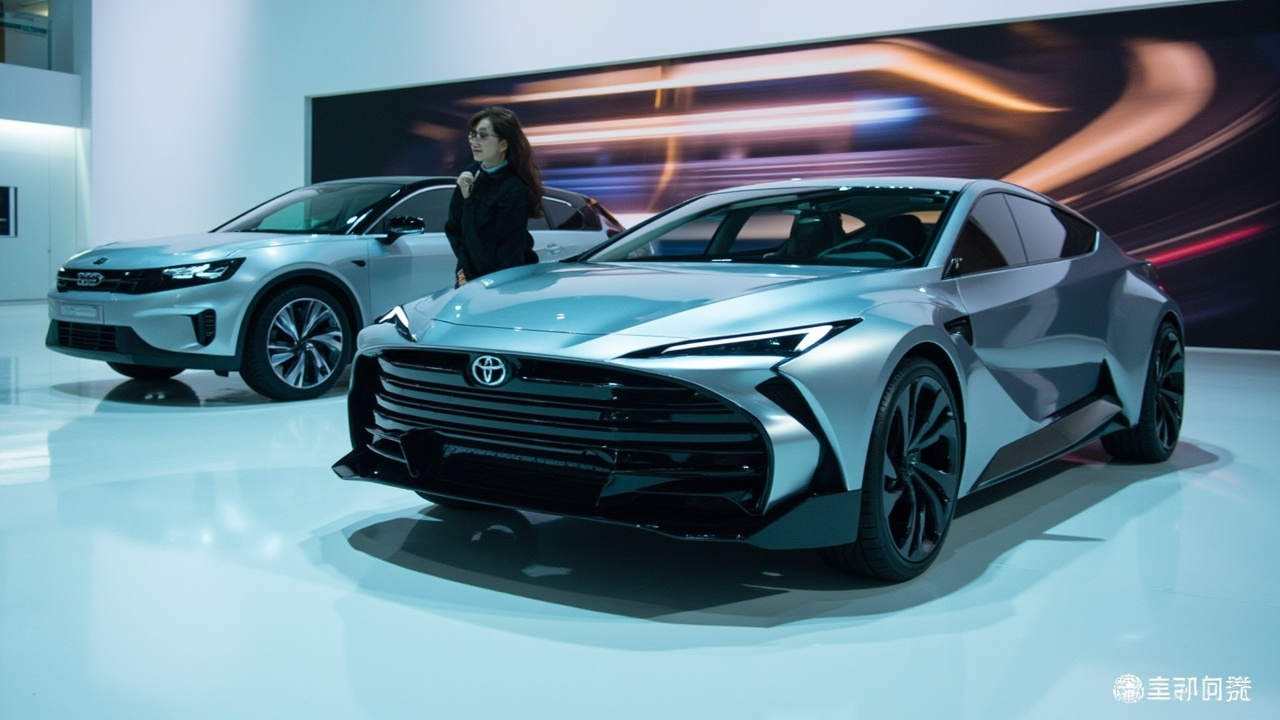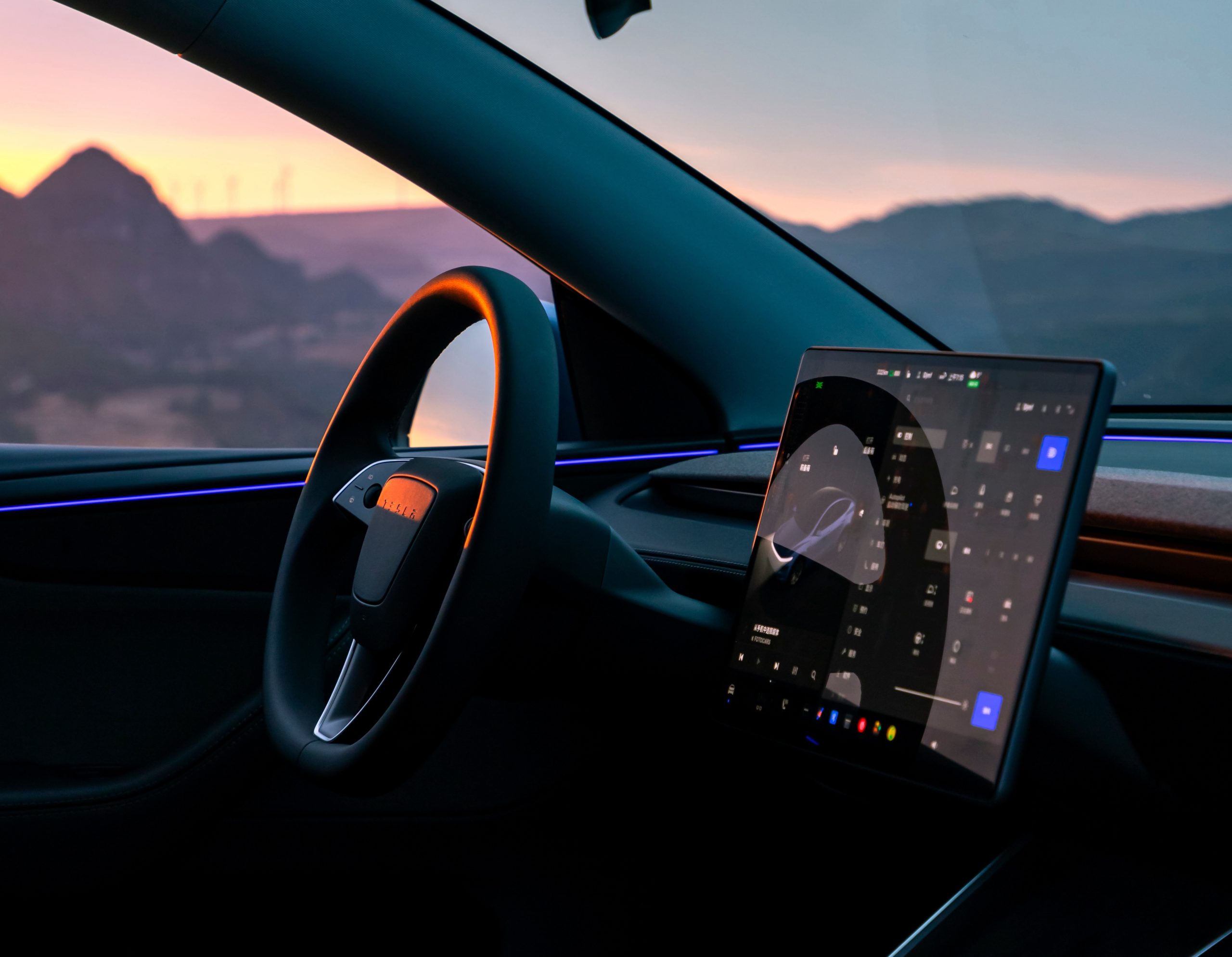Polestar Closes Final China Store, Shifts to Online Sales
Reports on manufacturing, labor and earnings with clear, practical context. Drives a Tesla Model 3 RWD; family hauler is a Volvo XC60.
In a bold move that underscores the evolving landscape of the Chinese electric vehicle (EV) market, Polestar has shuttered its last physical store in China, pivoting entirely to digital sales channels. This strategic shift comes as the company seeks to streamline operations and capitalize on the growing trend of online vehicle sales.
Polestar, the Swedish electric performance car brand, recently closed its final direct sales outlet in China, located at the L+Plaza in Qiantan, Shanghai. This decision marks a significant shift in the brand's approach to the Chinese market, one of the largest and most competitive EV markets in the world. By focusing on online sales, Polestar aims to leverage digital innovations and improve customer engagement without the overhead costs associated with physical retail locations. This move aligns with broader industry trends where digital sales are increasingly favored by both automakers and consumers.
This transition to online sales is part of a broader strategic realignment for Polestar in China. Earlier this year, Polestar received a major financial boost with a $200 million equity investment from PSD Investment, partially owned by Li Shufu, the founder of Geely Holding. This investment is expected to strengthen Polestar's financial position and support its digital transformation. In exchange, Polestar issued approximately 190.5 million new Class A American Depositary Shares at $1.05 each. As a result, Li Shufu's influence over Polestar has increased, with PSD Investment and Geely's Swedish subsidiary controlling a substantial share of the company.
Despite the closure of its physical outlets, Polestar assures that other operations and customer rights in China will remain unaffected. The company continues to offer its vehicles, such as the Polestar 2, 3, and 4, through its online platform. These models are priced between 299,800 and 798,000 yuan (approximately $42,600–$113,400 USD), catering to a range of consumer preferences. Meanwhile, Polestar's new flagship model, the Polestar 5, made its debut at the 2025 Munich Motor Show, showcasing cutting-edge technology including a dual-motor all-wheel-drive system and rapid charging capabilities.
The decision to close its retail stores and focus on digital sales reflects broader trends in the automotive industry, where many companies are embracing digital-first strategies. This shift not only reduces operational costs but also aligns with consumer preferences for more flexible and convenient shopping experiences. Polestar's pivot is also a response to its declining sales in China, which saw a significant drop from previous years. In 2024, the brand sold about 44,900 units globally, a 15% decrease from the prior year, with only 69 units sold in China during the first half of 2025.
As Polestar embarks on this new digital journey, the company is optimistic about its growth potential in China and beyond. By capitalizing on the strengths of online sales, Polestar hopes to reach a broader audience and enhance its brand presence in the competitive EV market. The success of this strategy will likely serve as a bellwether for other automakers considering similar shifts in their sales models.
About Priya Nair
Reports on manufacturing, labor and earnings with clear, practical context. Drives a Tesla Model 3 RWD; family hauler is a Volvo XC60.



